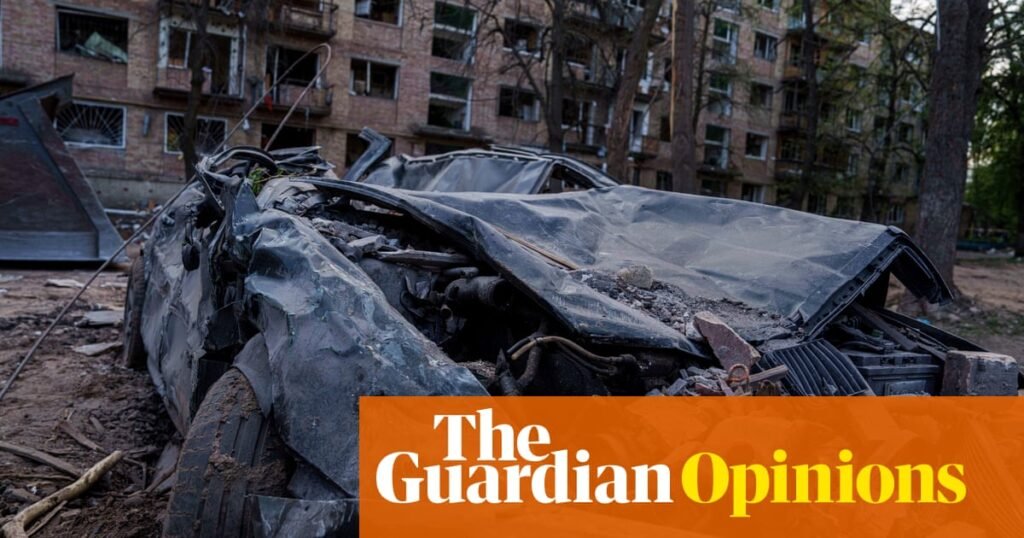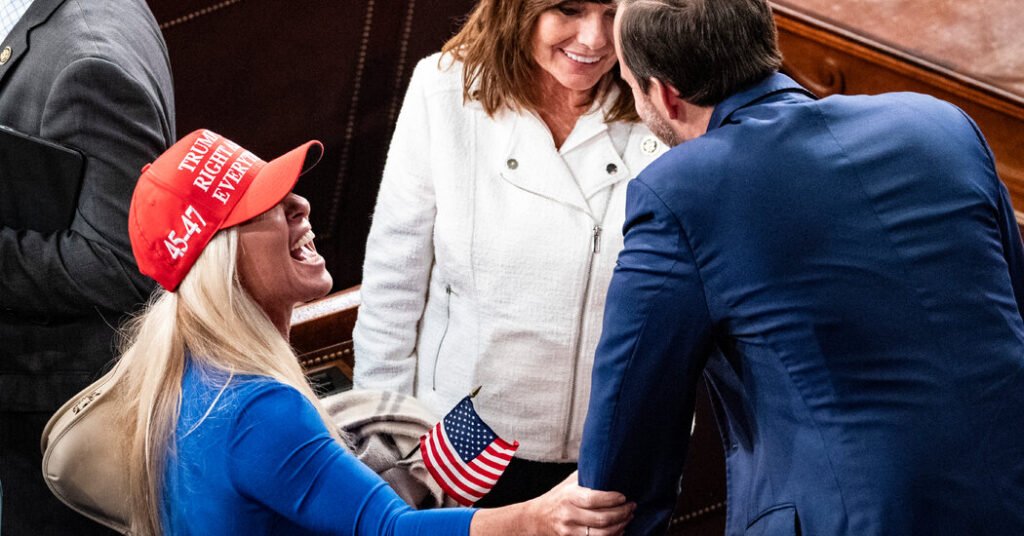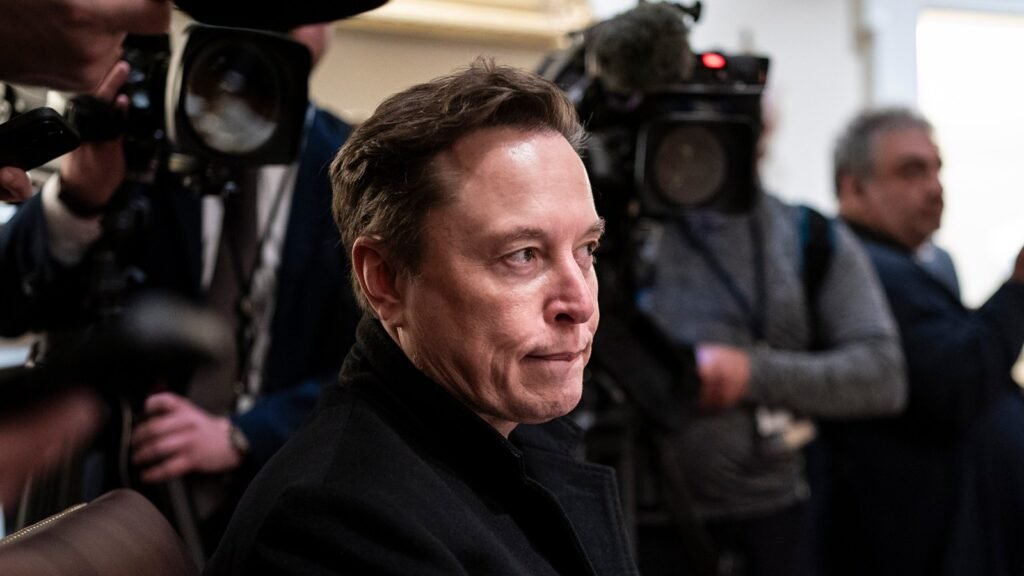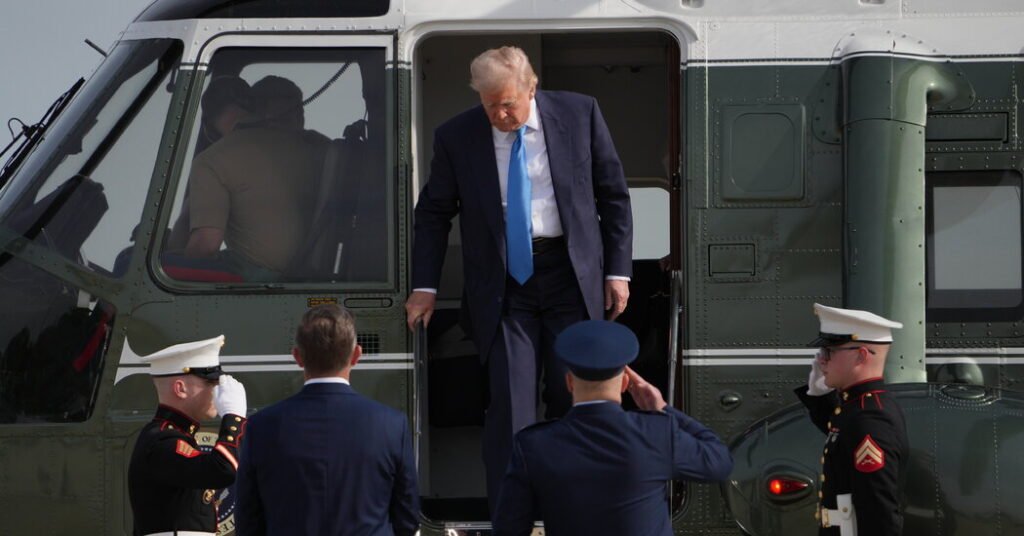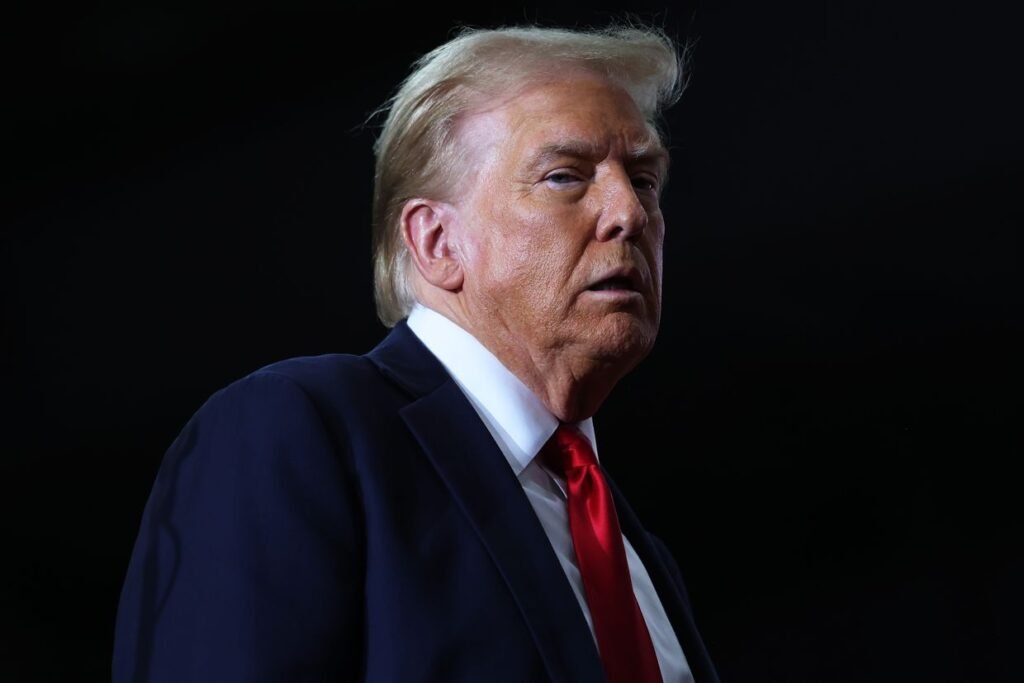In Robert De Niro’s 2006 spy thriller The Good Shepherd, fictional mob boss Joseph Palmi (played by Joe Pesci) tells CIA officer Edward Wilson (played by Matt Damon): “You’re the guys that scare me. You’re the people that make big wars.” To which the CIA man responds: “No, we make sure the wars are small ones, Mr. Palmi.”
Viewers may be tempted to see some dark truth in that dialogue—namely, that the U.S. government plots and schemes to create wars, with the only saving grace being that it tries to keep them contained. There is, however, another possible reading that is altogether more relevant for our time: It is the wars initiated by other states that Washington tries to keep small.
Keeping the war from going beyond Ukraine’s borders or escalating to the nuclear weapons stage is the thread running through the Biden administration’s response to the Russian invasion of Ukraine from the start. Washington has set a very clear constraint on Western assistance to Kyiv: Support is restricted to diplomatic, economic, and security assistance, while the United States and other NATO states must not become belligerents in the war. In short, sanctions and weapons supplies, but no boots on the ground or pilots in the air.
But Washington’s abundance of caution has gone much further than the simple decision of not putting U.S. and NATO personnel at risk of direct conflict with Russia. Rather than providing Kyiv as quickly as possible with the full spectrum of weapons that it needs to take on a peer adversary, there has been a long series of delays and hesitations regarding arms deliveries that cannot be explained purely by technical factors, such as the availability of weapons or the need to train Ukrainians to use them.
Instead, a pattern has emerged of purely political hesitations by the White House, notably regarding the long delays prior to authorizing deliveries of longer-range missiles and combat aircraft as well as the current blockage on any use of Western weapons against military targets and related infrastructure deep within Russia. The volume of military aid has also slowed markedly, with $6 billion of the $7.8 billion approved by the U.S. Congress in April still unused and about to expire on Sept. 30.
Taken together, these policy choices define the White House’s escalation management approach. To keep the war small, Washington has placed a very tight leash on Kyiv’s prosecution of the war. The result is a pattern of politically chosen limitations on the type of weapons and munitions delivered, the amount and speed of the aid, the numbers of Ukrainians trained on critical weapons, and the permitted uses of the equipment.
Washington has also made sure that European allies abide by the same limits, vetoing or delaying proposed deliveries and overruling key allies’ objections to targeting restrictions, even in situations where the weapons concerned are not from U.S. production.
By essentially micromanaging Ukraine’s strategy and tactics, the White House has sought to keep the war small. The Biden administration’s theory of escalation management also finds its expression in the nebulous formula of helping Ukraine “as long as it takes”—rather than declaring the goal to be a Ukrainian victory and using the formula of “whatever it takes,” which is preferred by many European allies.
Indeed, views differ among NATO member states regarding the level of military assistance that the West should provide, with Northern and Central European allies often at the forefront of pushing for more decisive assistance. It’s clear that none of these governments wants a wider war, nor one that involves nuclear weapons; they and their populations would be among the first to suffer from any such escalation. Many of them know and understand Moscow extremely well.
Hence, their more forward-leaning positions suggest that there may be something broken in how the White House seeks to manage escalation—and whether escalation management is even the right approach.
A current case is illustrated by the long-standing proposals by London and Paris to let Kyiv use British- and French-made weapons they already supplied to Ukraine—in particular, Storm Shadow and SCALP cruise missiles—to strike targets in Russia, including the military airfields that Russia uses to launch bombing runs on Ukrainian energy infrastructure and cities. By the end of May, Finland, Canada, Poland, Czechia, Denmark, and Sweden, among others, had all expressed public support for abolishing restrictions on Ukraine’s use of allied-supplied weapons.
As Ukrainian President Volodymyr Zelensky said at the time, the Europeans were trying to build a new consensus before moving forward, “with the position in Washington being crucial.”
Washington responded in the narrow spirit of escalation management by avoiding the simple choice that key allies called for—and salami-slicing it into smaller steps. At the end of May, the White House apparently gave the green light to Ukraine for short-range strikes into a narrow border zone in Russia, but only if the target was directly involved in the Russian attack on the eastern Ukrainian city of Kharkiv. This was clarified in late June to allow for short-range strikes into any bordering region of Russia. Deep strikes into Russia remain verboten.
A further illustration of the Biden team’s escalation micromanagement mindset came with a visit by Ukrainian officials in Washington, D.C., in August. There, they presented the U.S. side with an exact list of targets that could be attacked with Western deep-strike capabilities, effectively asking for permission for each individual target.
The U.S. position has slowly evolved since summer 2022. At first, Ukraine was only allowed to fight within its borders and only at rocket-launcher range. Reluctantly, the White House then allowed deep-strike range—but only at targets within Ukraine (for example, to target the Russian Black Sea Fleet in occupied Crimea). Now, strikes into Russia’s border region at rocket-launcher range are permitted, but deep strikes into Russia are not. It took two years and four months for Washington to reach that position, which is still heavily and one-sidedly detrimental to Ukraine. Russia never placed any range or target limitations on itself and has launched deep strikes into Ukraine since the beginning of the war. Lithuanian Foreign Minister Gabrielius Landsbergis condemned this imbalance on X: “We cannot allow Russian bombers to be better protected than Ukrainian civilians are.”
Crucially, if deep strikes into Russia were a trigger for escalation, the world would know by now. Ukraine has launched repeated drone strikes at Russian energy infrastructure, including strikes on oil refineries more than 600 miles into Russia in April and May as well as an attack on a refinery in Moscow on Sept. 1. No escalation by Russia has been observed since then. Ukraine’s successful invasion of Russia’s Kursk region, the first occupation of Russia by a foreign force since World War II, also went unanswered beyond rhetoric.
In sum, what we have is a White House applying an escalation management algorithm that does not learn or self-adjust. Ideally, U.S. decision-makers would repeatedly test and update their estimates of Russia’s intentions and possible actions, with the aim of ratcheting up toward greater effectiveness. Instead, their algorithm remains impervious to their allies’ inputs and observable reality in the war as Ukraine acts and Russia reacts.
Worse, Washington’s broken algorithm subjects Ukraine to avoidable dangers and losses that will saddle any postwar scenario with greater costs and risks. These avoidable dangers and losses also threaten the entire outcome of the war.
The choice to use target distance as a key variable to salami-slice assistance into supposedly less-escalatory steps suggests a narrow mental map: one that views the Russia-Ukraine war almost exclusively as a land war where the only important variable is the location of the front line. But the location of that front line will matter a lot less if Ukraine loses the air war that Moscow wages against Ukraine’s home front. For months now, Russian airstrikes have repeatedly hit Ukraine’s critical energy infrastructure and other targets across the country. Russia’s aims are obvious: to make Ukrainian cities uninhabitable in order to trigger large population movements, disrupt defense efforts, and force Kyiv to surrender.
The air war is also a key factor influencing the location of the front line—in particular, Russia’s use of devastating glide bombs delivered by bombers flying out of airfields that are located deep inside Russia and thus protected by the White House. Indeed, the use of long-range precision fires to take out these and other enemy targets is a key component of U.S. military doctrine—hence the repeated calls by prominent retired U.S. Air Force and Army commanders to lift range restrictions on Ukraine and take the air war seriously.
In every area that pertains to the air war, U.S. assistance has fallen far short of what it could be. Even in air defense, U.S. shipments have been a tiny fraction of what Washington has in its inventory and can inarguably spare. As for F-16 fighter jets, while the United States supports European transfers to Ukraine, it is not donating any of its own. A further disappointment is that the United States reportedly refuses to prioritize the training of Ukrainian pilots on these aircraft, a situation that a prominent Ukrainian lawmaker described in June as deliberate and caused by “purely political” delay tactics.
Allowing Ukraine to conduct deep strikes into Russia using all means at its disposal, including by entering Russian airspace to fire air-launched missiles, is essential for both the land war and air war. With respect to Ukraine’s air defense, the concept that is discussed among security experts is to “shoot the archer, not the arrow”—in other words, to target Russian launch capabilities rather than individual missiles. It would be much too costly in both lives and weaponry if Russia’s offensive capabilities remain untouched. For the land war, Ukraine needs the ability to take out all relevant military targets and dual-use infrastructure that Russia uses to propel its aggression.
The overall concept, then, should not be escalation management but threat removal: the demolition of the means that Russia uses to attack Ukraine. Ukraine isn’t asking the United States or Europe to do any fighting. It just needs the tools and permissions to do what the United States or any other nation would not hesitate to do if it were under attack: stop the threat.
The alternative is to continue with the slowness inherent to the escalation management approach. That approach costs Ukraine time, which it pays for in lives, and gives Russia more time to learn to fight more effectively.
In sum, escalation management is failing to secure a Russian defeat and is instead generating an even more dangerous Russian war machine.
This week, signals from the Biden administration suggest there could finally be a loosening of restrictions on deep strikes. But even if these signals indicate another salami slice of escalation management, the diagnosis remains: It will still have taken two-and-a-half years to authorize Ukraine to do something every NATO ally would take for granted. U.S. policy continues to be too slow, too costly, and too dangerous for both Ukraine and the West.
Switching from a demonstrably costly and failing approach of escalation management to a policy of threat removal would go hand-in-hand with a new Western framing for the war. The United States and its European allies should agree on the political goal that the war should end with Russia feeling both beaten and deterred. This implies the need to deepen the support to Ukraine with the aim of ensuring that it liberate all of its territory, including Crimea and the Donbas, and that it is able to durably deter Russia from future aggression.
The outcome, then, is not a war that stays small but no war at all. To achieve that vision—the only vision that will secure long-term peace in Europe—Washington needs a new algorithm.






